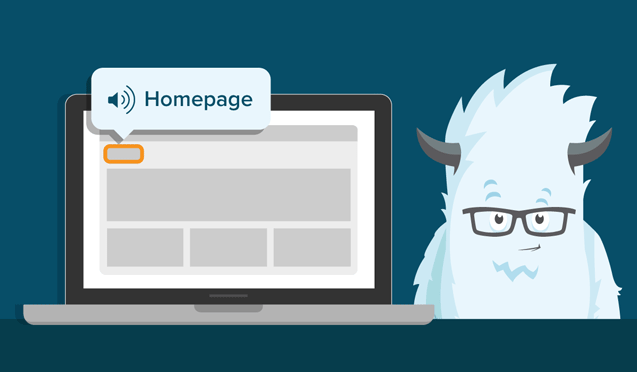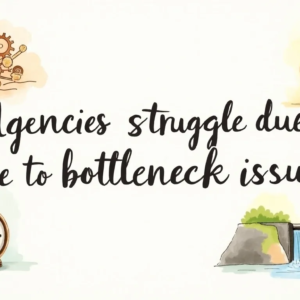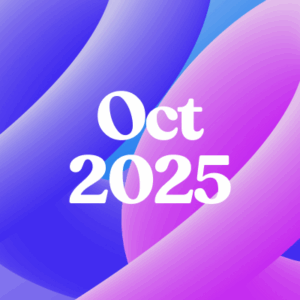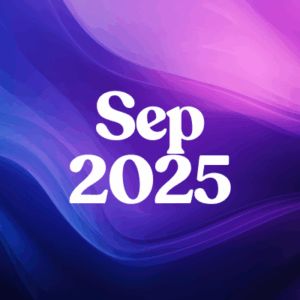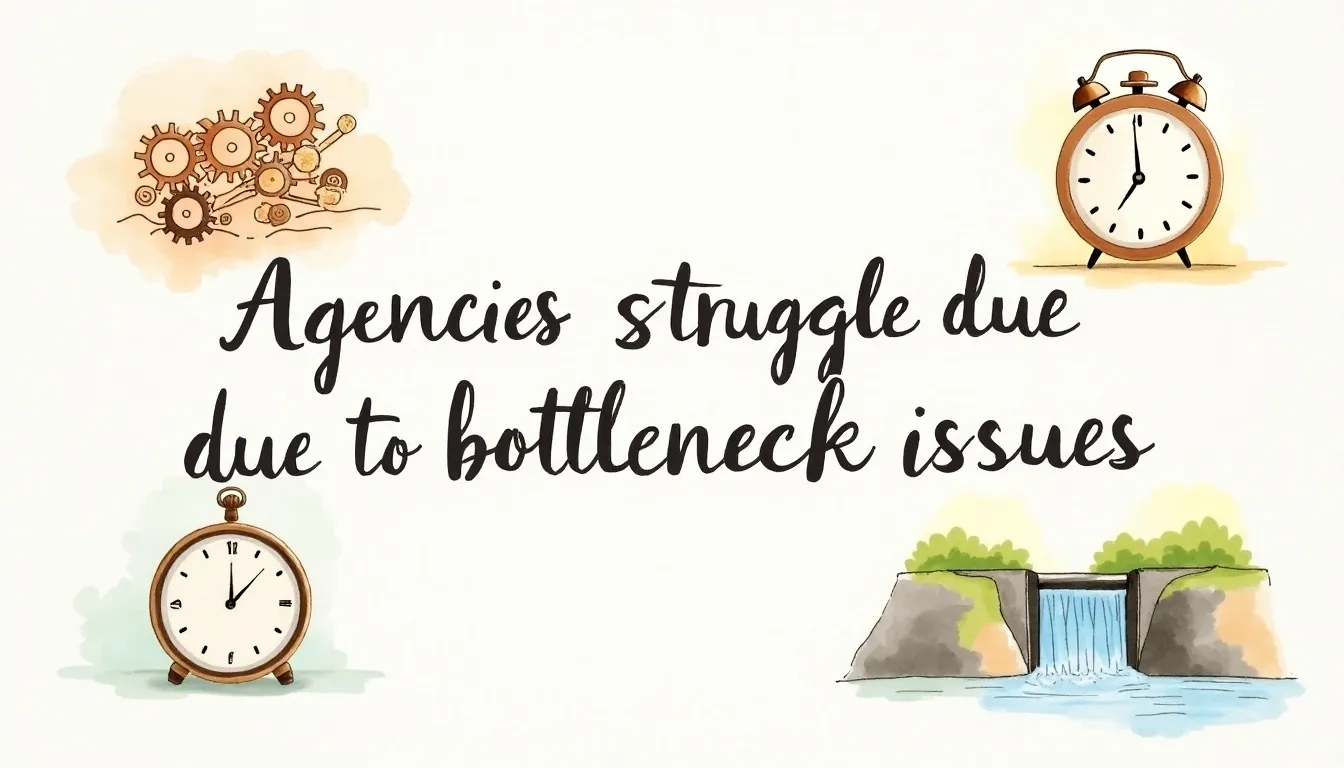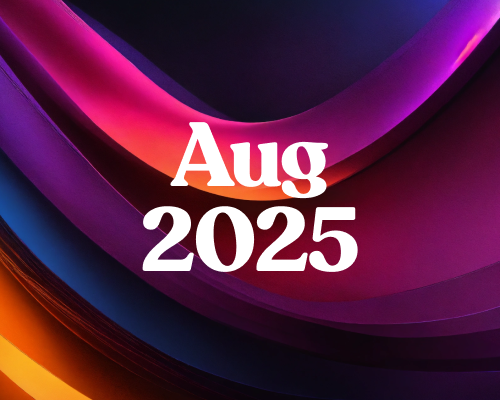The reason for the accessible design’s versatility is to design and create product services that include everyone. Around 15% of the world’s population according to the world health organization fails under the category of disabilities. This means that’s over one billion people are potentially not able to use your websites. They can only use it unless you have made them easily accessible to them. Here comes the reasons for an accessible design’s versatility, we provide equal access and opportunity to people of all categories. That includes visual, hearing, and physical impairments, but also cognitively challenged people, the elderly, and other less obvious groups. Simply put it’s making websites simple and usable for everyone across all devices. GAAD helps to experience a better browsing feature for disabled people.
Draftss has also helped its clients to develop substantial e-commerce platforms with unlimited graphics designs. This includes illustrations, WordPress, HTML, and more for building your website, brand, etc. you can check on our website at draftss.
Introduction to Accessible Designing:
From a business perspective, it seems versatile for the accessible design to release something that the majority. People of all categories will be able to use than to delay a product or website launch. Moreover, users with disabilities only make up a smaller percentage of the customer group. However, this number is increasing day by day. As you might already suspect, the truth is a lot more complex. To obsolete creating accessible designs for financial reasons is not only illegal but also short-sighted in terms of the business value.
Here, we’ll look at a few examples from the history of designing for accessibility which illustrate why accessibility is great for users and businesses. We’ll also take you through the primary reasons why you should care about accessibility in the digital domain. If you’re a designer, we’re probably preaching to the choir when we say that accessibility matters. So use our examples and arguments next time you have to argue for the importance of accessibility in a project in your organization.
The Reason for Accessible design versatility:
There are several reasons for Accessible design’s versatility but we will talk about only three out of several.
-
The Curb-Cut Effect
The primary reason behind the accessibility significance is its wider benefits. Among all other reasons, one is allowing people with disabilities to use your product is the curb-cut effect. The curb-cut effect refers to the fact that designs created to benefit people with disabilities. Often ending up benefiting a much larger user group can be tough. The curb-cut effect takes its name from the ramps cut into the surfaces of sidewalks. In many countries, curb cuts are omnipresent in areas with foot traffic, allowing people with strollers, bikes, etc. easy access to the street when they need to cross the road.
All kind of pedestrians uses the curb cuts as they are like allowing people in wheelchairs to cross the road. Curb cuts only started to become commonplace through the hard work of political activists who demanded that wheelchair users should be able to move freely about in cities, but they turned out to have more universal benefits. Most of us no longer think of curb cuts as accessible design, but simply as the most logical and user-friendly way to design sidewalks – hence the term “curb-cut effect”.
-
Legal, Moral and Business Reasons for Designing for Accessibility
Another great example of the curb-cut effect is about adding close captions on video material. Captions created for people suffering from hearing impairments involve a limited group. They turned out to be a great help for much larger user groups. Such as people who watch videos in noisy environments. Foreign viewers who read translated spoken content in different languages – meaning that closed captioning or subtitles have become a huge business.
In both of our examples, legal, moral and business reasons go hand in hand to create a win-win situation. However, is that still the case for more current design challenges such as web design.

-
More Customers
Accessible technology could make website navigation possible and easier for 57% of computer users. A study in the United Kingdom (UK) found that 71% of web users with a disability will simply leave a website that is not accessible. With over 6.1 million people with disabilities in the UK, that represents a significant loss of traffic, customers, and audience. It also represents an opportunity for businesses and consumers to reach this untapped market online. Organizations in Europe indicated that the implementation of accessible web design minimizes the rate at which users abandon a site and increases revenue.
While the above survey represents UK respondents, the United States also has a significant population of people with disabilities. According to a 2010 report from the U.S. Census Bureau, around 18.7% of the U.S. population lives with a disability and, out of that number, 12.6% have a severe disability.
The Census Bureau report also states that:
-
- 51 million people are between the age group of 15 and older with a disability:
- 19.9 million have difficulty lifting or grasping, impacting the use of a mouse or keyboard; and
- 8.1 million have a visual disability; they might rely on a screen magnifier or a screen reader or might have a form of color blindness.
By making digital content accessible, your organization can reach more customers, increase customer satisfaction, and gain a competitive edge over those who don’t include accessibility features.

The Takeaway
Accessibility is often one of the first things to be cut from designs. Given that the gains to be had from creating accessible designs seem small. As compared with the cost of delaying a launch or redesigning a product. Here, we have argued that skimping on accessibility is short-sighted. There are important reasons for placing such emphasis on designing for accessibility. The most obvious is the moral reason – you should create accessible designs to ensure that everyone has equal access.
The second reason that many of us think of when we consider accessibility, is the legal one. Many countries have laws stating that you must design with accessibility in mind and not doing so leaves you vulnerable to lawsuits. The final reason that is often overlooked is that accessibility is good for business. Creating accessible designs means that you expand your user base, and it’s also good for SEO and usability.
You can try out draftss for an excellent experience and increase your product marketing. We provide premium quality services on unlimited graphic designs, WordPress, Webflow, HTML, Illustrations, Websites, Landing pages, Dashboards, App UI/UX, and many more. Here we provide our clients with 73+ types of design and code services.
